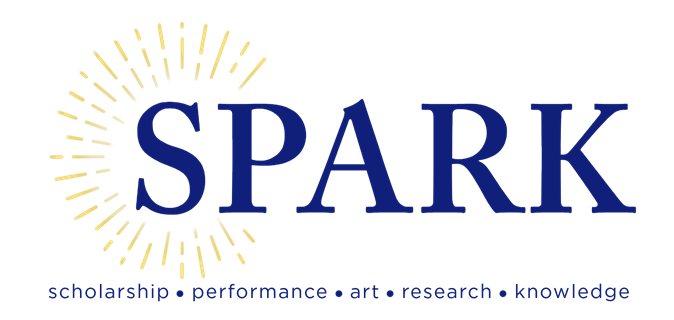
[Archive] Belmont University Research Symposium (BURS)
Publication Date
2024
College
Sciences and Mathematics, College of
Department
Biology, Department of
BURS Faculty Advisor
Rebecca Adams
Presentation Type
Poster Presentation
Abstract
Following transcription in eukaryotic cells, mRNA is escorted from the nucleus to the cytoplasm to be translated. This process, called mRNA export, is essential for gene expression in eukaryotes, including the budding yeast S. cerevisiae. However, when the cell exists in stressful conditions, mRNA export becomes regulated such that only select transcripts, including the stress-responsive SSA4 mRNA, can export for their expression. This project aims to uncover the mechanism of selective SSA4 mRNA export by generating a reporter that enables phenotypically visible expression under stressful conditions. The ultimate goal of this work is to perform a multicopy suppression screen to identify factors involved in selective SSA4 export. To this end, the ADE3 ORF was placed under the regulatory sequence of SSA4, which was anticipated to induce a red color for colonies only following stress. Using these reporters, yeast strains were heat shocked to test for a stress-induced color change. We have observed that the dropout media intended to select for plasmid-based expression induces background expression of the reporters. Additionally, although different media conditions reduce background expression of the SSA4 reporter, they do not allow stress-induced expression. Thus, we next adopted a CRISPR-based approach for direct integration of the reporter sequence into the endogenous SSA4 locus so that dropout media isn’t required. A series of integrated strains were successfully generated, and current studies are aimed at testing these strains for a stress-induced color change. Once conditions are found that permit specific expression of the reporter, the screen will be performed in mutant yeast to search for genes that, when overexpressed, rescue an SSA4 export defect.
Recommended Citation
Edmonds, Karah and Adams, Rebecca, "Testing SSA4:ADE3 Reporters for MCS Screening" (2024). [Archive] Belmont University Research Symposium (BURS). 407.
https://repository.belmont.edu/burs/407


